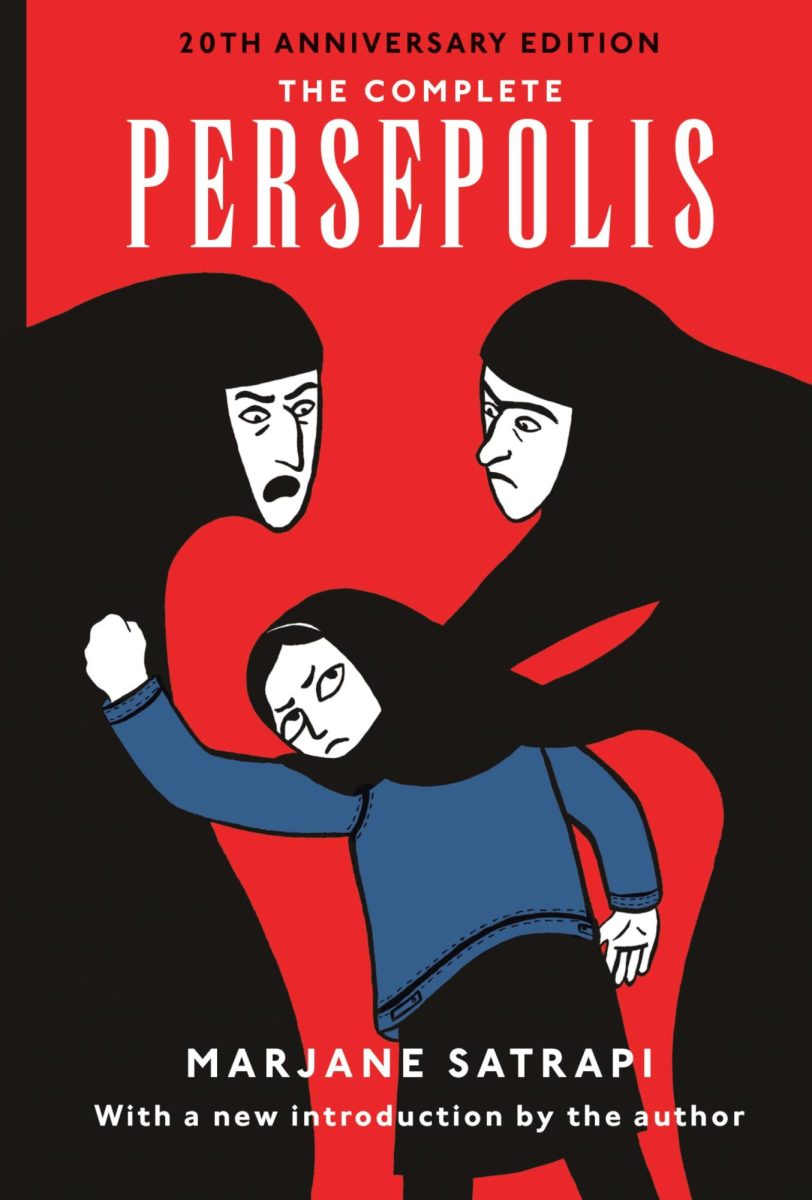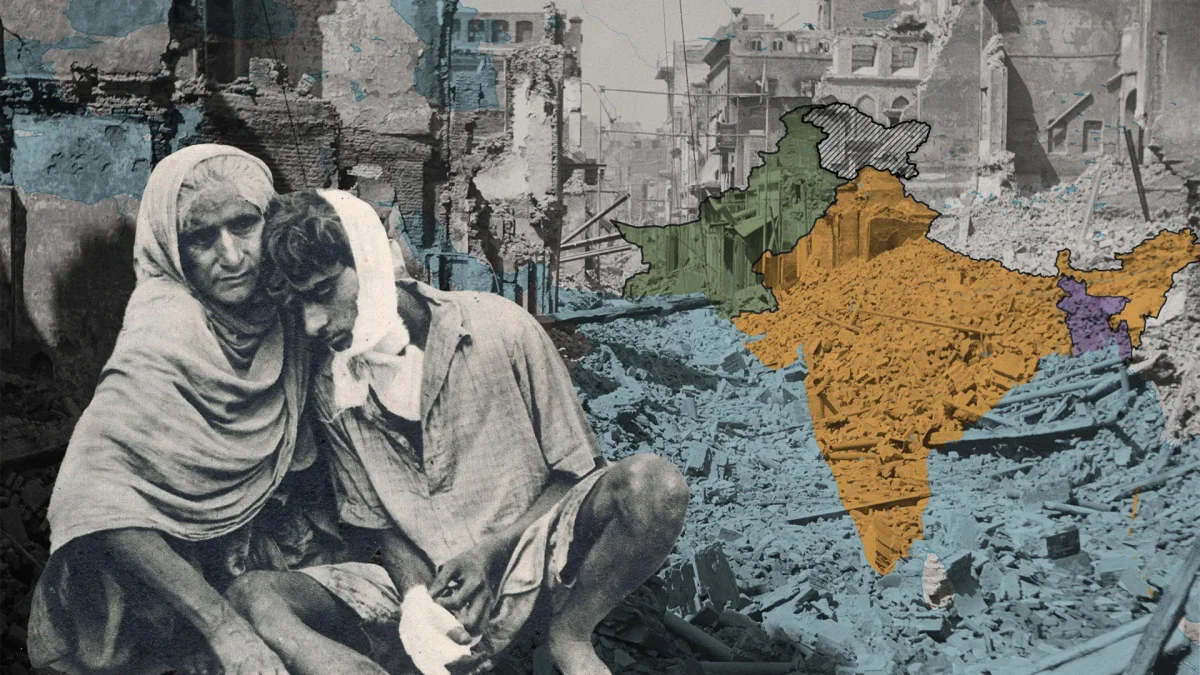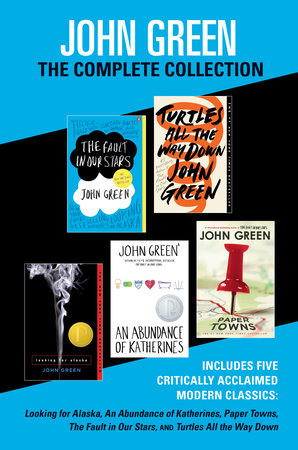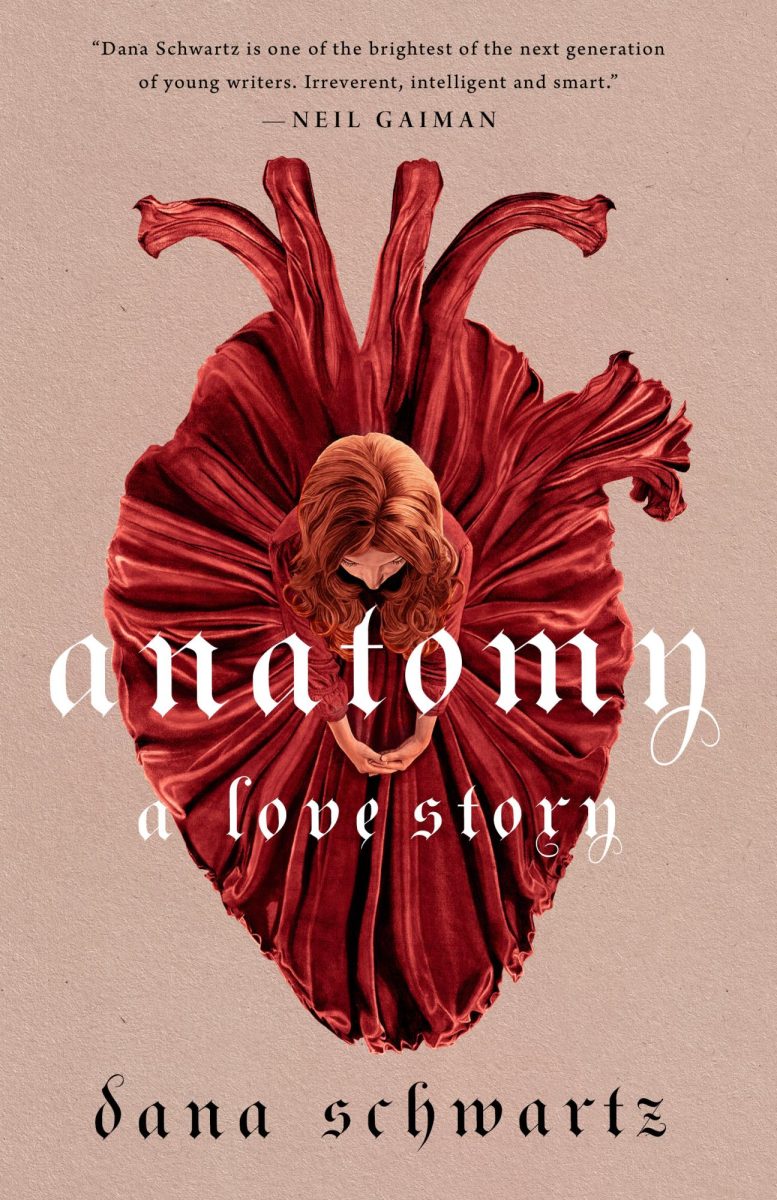The author, Marjane Satrapi, sets her autobiographical graphic novel during the 1979 Iranian Revolution, where thousands of people died trying to overthrow the oppressive Shah of Iran. Among them, Marjane and her family fight desperately for freedom. At age ten, Marjane loses many friends and family members to violent protests.
The dictator was eventually overthrown on February 11, 1979, leading to jubilant celebrations around the country. However, revolutions can amplify the oppression the people sought to escape in the first place. The new conservative Islamic Republic immediately redacts free speech and forces women to wear all-encompassing black veils—causing many to regret overthrowing their leader. This new ideology clashes with Marjane’s educated family’s modern outlook.
Soon after the revolution, war breaks out between Iraq and Iran, causing the Iranian regime to tighten its grip on the country. Her initial reaction was “To defend my country against the Arabs who kept attacking us. I wanted to fight.” This same rebellious attitude gets her in trouble in school for making subversive statements and not wearing her veil properly.
As the war intensifies and life grows increasingly restrictive, Marjane’s parents want her to “Be far away and happy than close by and miserable,” so they send her to a Catholic French-speaking school in Vienna, Austria at the age of 14—an opportunity unavailable to the less privileged. Marjane must now learn a foreign culture, and religion and make new friends as her country plunges deeper into chaos.
Marjane was inspired to write her story to challenge Iran’s visual representation to the rest of the world by showing that Iran is a country not only made up of terrorists and extremists but also of normal people with dreams and aspirations trying to live normal lives. Before she wrote Persepolis, Marjane attended the School of Fine Arts in Tehran, Iran, and Supérieure des Arts Décoratifs in Strasbourg, France. She has since become an activist for women’s rights, free expression, and democracy.
Marjane’s book is characterized by bold, minimalistic, and emotionally evocative visuals, making it easy to understand for a broad audience. I found her graphic novel incredibly humorous and insightful, especially during the first couple of pages where a young Marjane states that she “wanted to be Justice, Love and the Wrath of God all in one.” Simultaneously, her description of the war devastates the reader, conveying harsher themes of loss, sacrifice, and gratitude that stir empathy. I would definitely recommend this book to anyone who enjoys reading graphic novels or adventure stories based on historical events.











